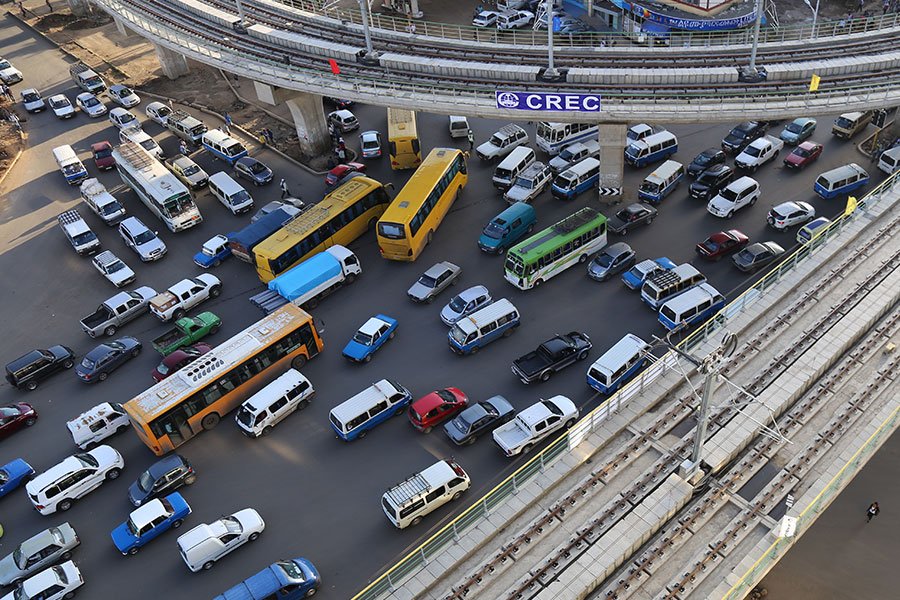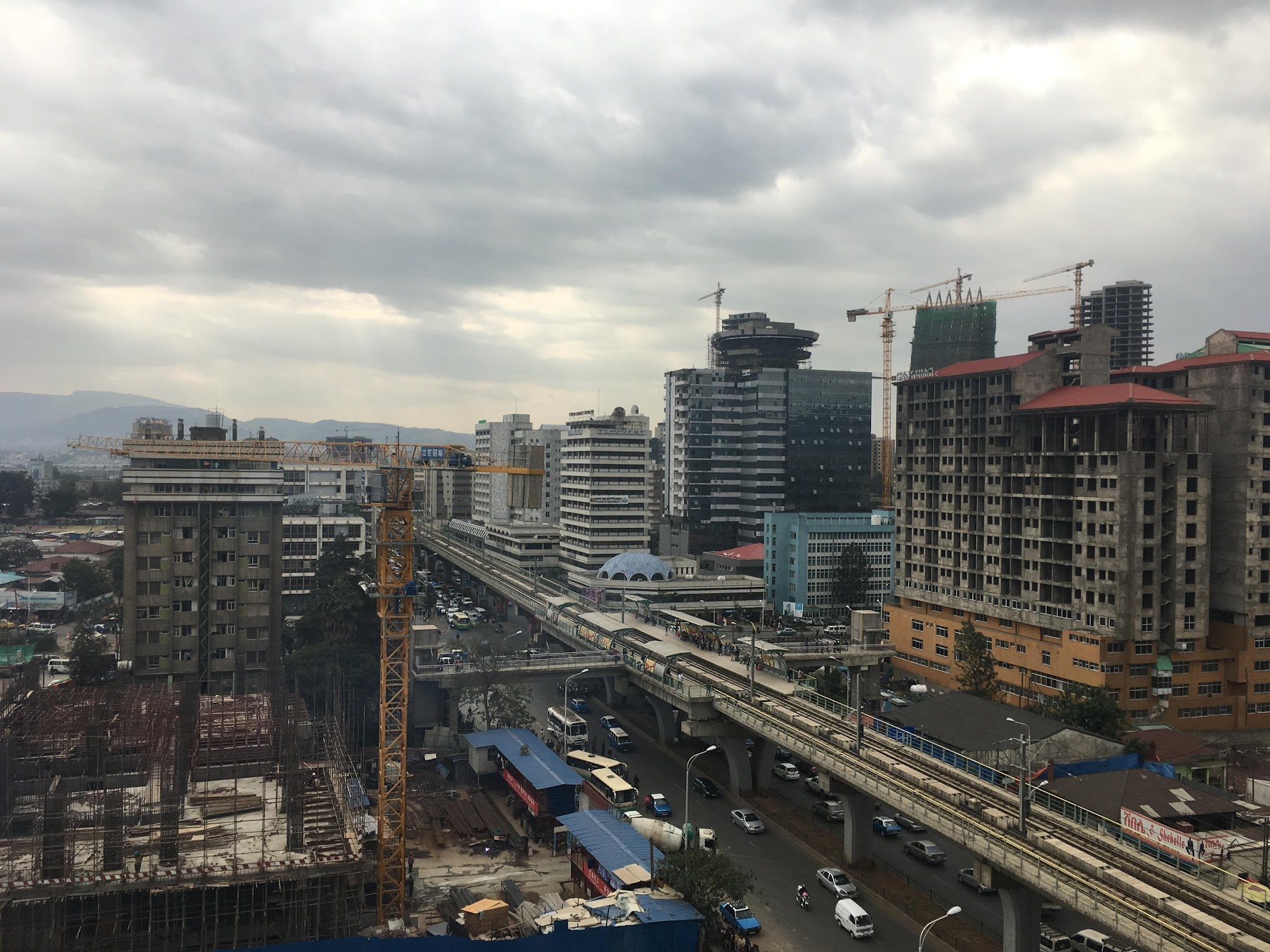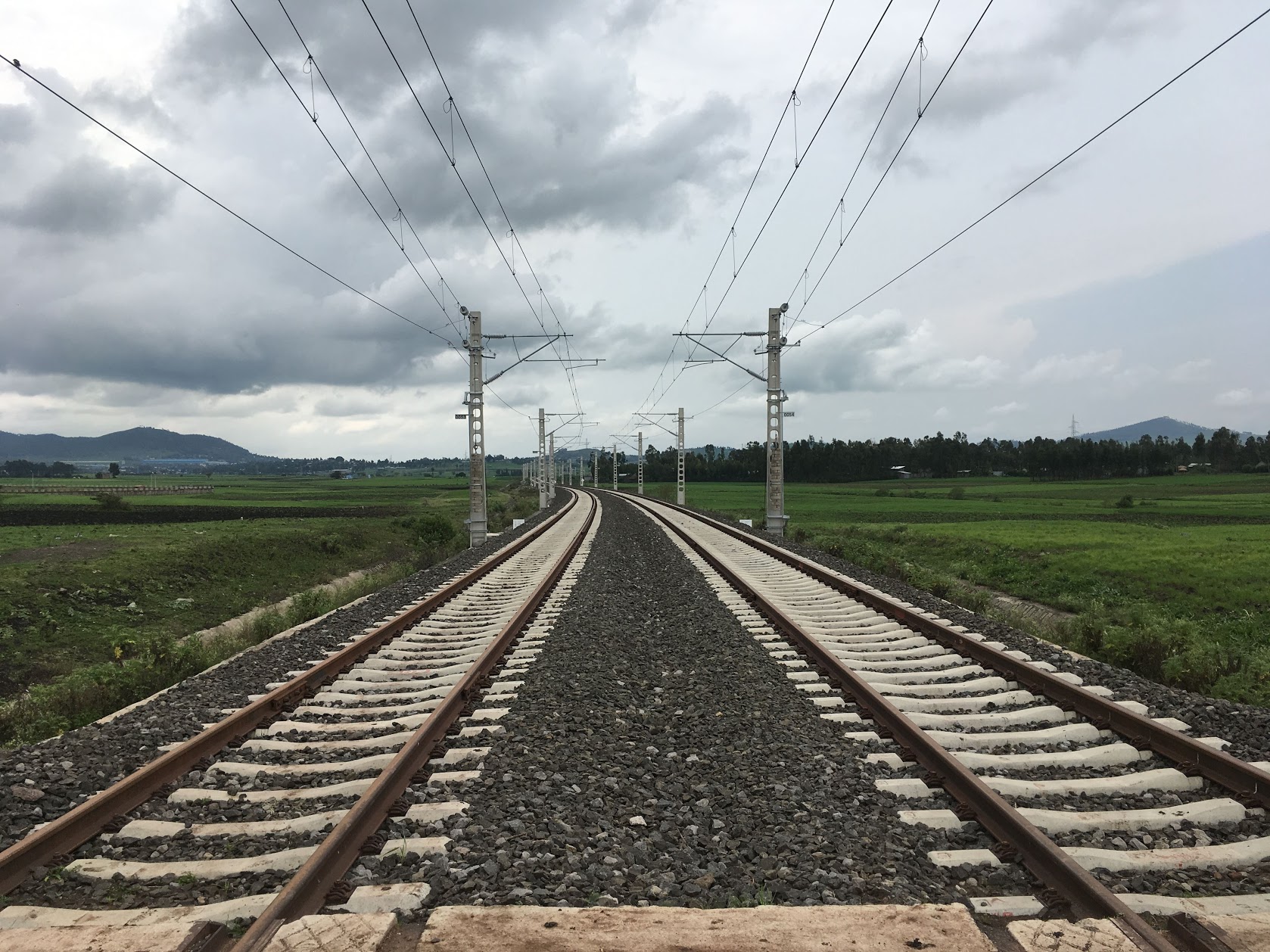Transport infrastructure has been central to Ethiopia’s development in the last 15 years, connecting cities, industrial parks, and (dry) ports. From national rail and road projects that are part of China’s Belt and Road Initiative to Sub-Saharan Africa’s first Light-Rail Transit (LRT) system, these projects have redefined mobility in the region. Through these projects, we have gained insights into the developmental visions of political elites, the impact of transport on industrialisation and urbanisation, the Sino-African relationship, and the lived realities of those most affected by these projects. Often neglected, however, is an understanding of the political dynamics that unfold in urban centres, where there is a much higher density of other infrastructure systems and stakeholders. What happens when infrastructures meet?

In our new research, we define infrastructure interfaces as nodal points where multiple infrastructure systems co-exist, interact, or meet. The number of stakeholders is particularly high in dense cities like Addis Ababa. Urban railway stations, for instance, are infrastructural interfaces where railway tracks, roads, electricity systems, sanitation pipelines, and telecoms meet. It is at these interfaces that we gain insight into the sometimes constructive and other times coercive negotiations between various stakeholders.
We study two railway stations in Addis Ababa and Dire Dawa, Ethiopia’s two biggest cities. These infrastructure interfaces are part of the LRT System and the Addis-Djibouti Railway, respectively. We argue that it is at these ‘hotspots of urban governance’ that we gain insight into the plethora of actors, underlying power dynamics, and opaque decision-making processes that shape the planning and construction of these projects. By anchoring the institutional analysis at the physical site, we offer an alternative approach to the study of urban governance that does not disentangle the social from the technical. The railway stations themselves become sites of political analysis.
“A very simple question: Do the [LRT] ticket offices have bathrooms? I think, that says it all. That kind of stuff was really secondary. Even some roads, we struggle with flooding. The roads should have had ditches and drainage systems, but this required larger coordination mechanisms. […] If you had coordinated this earlier, you could have avoided these problems.”
– Official, Ethiopian Railways Corporation (ERC)
The omission of bathroom facilities for sales officials at the LRT stations is a mundane, yet instructive, example of how the roll-out of Addis Ababa’s LRT and the Addis-Djibouti Railway were marred by coordination failures. In Dire Dawa, for instance, customs officials relocated their operations to the city’s railway station just a few months after constructing a new office at the northern entrance of the city. These additional costs could have been avoided, had the customs office been included in the early stages of the planning phase for this interface. This repeated practice of retrofitting rather than inclusive planning was a result of the Ethiopian Railway Corporation’s (ERC) centralisation of decision-making in both projects.
At the same time, centralising the roll-out of these systems was justified, according to ERC transport engineers, by the fact that many of the utility companies had little to no inventory of their own assets. This meant that ERC’s contractors had to be careful when digging up roads to ensure that water pipes and electricity lines were not damaged during construction.

“Existing pipelines, electricity lines; these utility companies didn’t have data of their own assets from 40 years ago. We would dig and then find one of their lines, despite them having claimed that there wasn’t one.”
– Engineer, Ethiopian Railway Corporation
Rapid completion of these projects was deliberately prioritised over inclusive planning processes, as the latter was perceived to be time-consuming and costly. Political decision-makers emphasised the importance of completing these grand projects early, hoping to gain political legitimacy from having delivered complex and ‘modern’ technologies. This led them to delay addressing seemingly minor hiccups, such as a lack of pedestrian crossings or suitable drainage systems at these interfaces. In hindsight, these ‘minor hiccups’ have contributed to increased vehicular congestion on Addis Ababa’s roads and a derailing of a freight train near Awash in early 2019 after heavy rains flooded the tracks.

Contracts with Chinese construction companies further centralised the process and added a layer of rigidity to ERC’s plans, as these could not be easily adjusted without breaching contractual agreements or incurring additional costs. Other utility companies and stakeholders were contractually prohibited from engaging the Chinese construction companies directly and had to funnel their concerns, questions, and suggestions through the ERC. While this ‘tunnel vision’ approach to infrastructure development may offer efficiency gains for the construction of infrastructure systems in rural areas, it has had particularly counterproductive implications in cities like Addis Ababa and Dire Dawa.
“ERC should not be managing cities, it’s a railway company.”
– Official, Ministry of Urban Development and Construction
Instead of place-based coordination with city officials to enhance the existing urban social fabric and vibrancy of street life, the ERC developed these interfaces with an emphasis on aligning engineering parameters. Our findings have implicationsfor future transport and urban megaprojects: there needs to be a deliberate shift away from sectoral silos towards an emphasis on placemaking. As new transport infrastructure is constructed across Addis Ababa, ranging from the development of Bus-Rapid Transit (BRT) lanesto the most expensive road project in the city’s history, it is important not to repeat the mistakes of the past. Infrastructures of this scale inevitably interact with other city systems, generate new patterns of mobility, shape social life, and create new urban places. What function do we want these places to have?
With the growing number of private real-estate developers and other foreign actors now shaping the future of Ethiopia’s cities, ensuring the engagement of local architects, urbanists, and planners across sectors is more important than ever. When infrastructures meet, we need to be deliberate about placemaking at these interfaces.
Photo credits: Top image: Fortune, 26 January, 2019. Reproduced with permission. Middle and bottom images: Biruk Terrefe